Cefalù is situated on the North West coast of Sicily, approximately an hour to the East of Palermo, an hour West of Capo d’Orlando and about 200 km North West of Catania. The origins of the town go as far back as the ancient Greeks however what you see today dates from the period of the Normans onwards. Cefalù today is a mix of architectural styles reflecting its rich history. As well as Norman influences, you’ll also discover Byzantine, Arab and Spanish styles during your visit. It’s definitely a ‘must see’ when staying in one of our Sicily villa rentals.
What to do in Cefalù
Cefalù’s most famous landmark is probably its Norman cathedral (Duomo). Built in the 12th century by Roger II, Sicily’s Norman ruler, it is a superb example of a style known as the ‘Sicilian Romanesque.’ It’s also one of the many UNESCO World Heritage sites in Italy. Along with seven monuments in Palermo and Monreale Cathedral, Cefalù’s duomo has been a UNESCO World Heritage site since 2015. It’s not hard to spot. The two massive bell towers of the cathedral dominate the town. Inside, look out for the beautiful Byzantine mosaic of the Christ Pantocrator with the Virgin Mary, Archangels and Apostles that sits on a gold background above the altar. Outside, take time to admire the restored 12th century cloisters which can be reached via a door from the northern aisle. Look to the top of the columns to the capitals which depict a number of rather unusual scenes.
Of course, Cefalù’s Duomo is by no means the only building worth seeing in the town. Cefalù is home to a number of other churches, the majority of which date from the 17th century. These include the Chiesa del Purgatorio with its impressive Baroque entrance. And in the Piazza Duomo itself, there are also a number of other buildings of significance including the Oratorio del Santissimo Sacramento, the Palazzo Piraino and the Palazzo Maria which was probably once the palace of Roger II. Also of note in the main piazza is the Palazzo Vescovile and the Palazzo del Municipio (town hall). A short walk away is the Palazzo Osterio Magno which is believed to have once been Roger II’s residence.
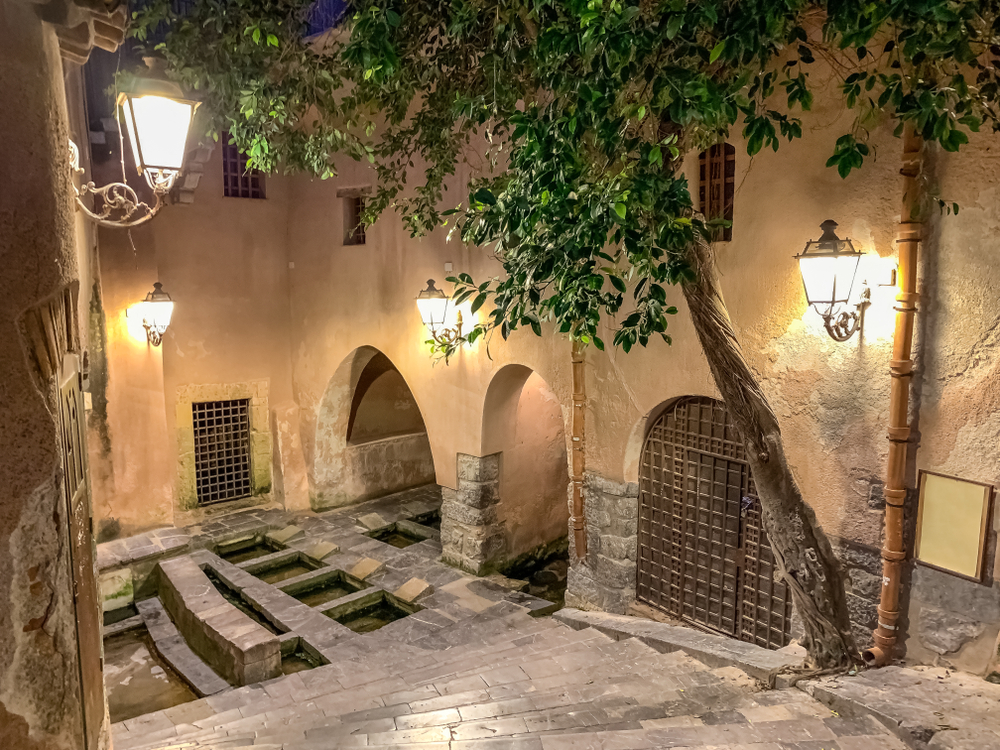
The next thing on our sightseeing guide to Cefalù may be a little less grand than a palace but is equally fascinating. Head to Via Vittorio Emanuele, separated from the beach by just a row of houses, and you will find the famous stone fountain of Cefalù – the Lavatoio – just a few metres below street level. A wide staircase leads down to the recently restored fountain which, until a few years ago, was used for washing clothes. Water gushes out from 22 cast iron mouths (15 of which are shaped liked lion heads) that run along three walls. As per the inscription at the entrance, this is ‘Cefalino…. purer than silver, colder than snow’. According to legend, the River Cefalino formed when a nymph killed her faithful lover but, regretting her actions, the nymph drowned Cefalù in her tears. Whilst the story may be just a myth, what is true is that the river used to be open to the elements but was covered in the 17th century and modified so that it flowed straight out into the sea through a series of pipes. Today, the restored laundry room is a really fascinating insight into Sicilian life and it’s not hard to imagine the Sicilian washerwomen coming here to do their laundry, using the special tubs to rub the stains out of the clothes. If you’re visiting in the hot Summer months, then it’s also lovely and cool here!
Not far from here is the Porta Marina, the only remaining gate out of four that once provided access to the town. It also leads to one of our favourite parts of the town – the fisherman’s quarter. Here you’ll find clusters of old houses nestled along the shoreline. You might recognise it as it formed the backdrop to some of the scenes from Cinema Paradiso.
And of course, you must also take time to enjoy Cefalù’s beaches if you’re staying in one of our Sicily villa rentals in the warmer months of the year. The town boasts a stunning stretch of sandy beach with beautiful fine white sand. In fact, we think it’s the most beautiful stretch of beach on Sicily’s Northern coast!
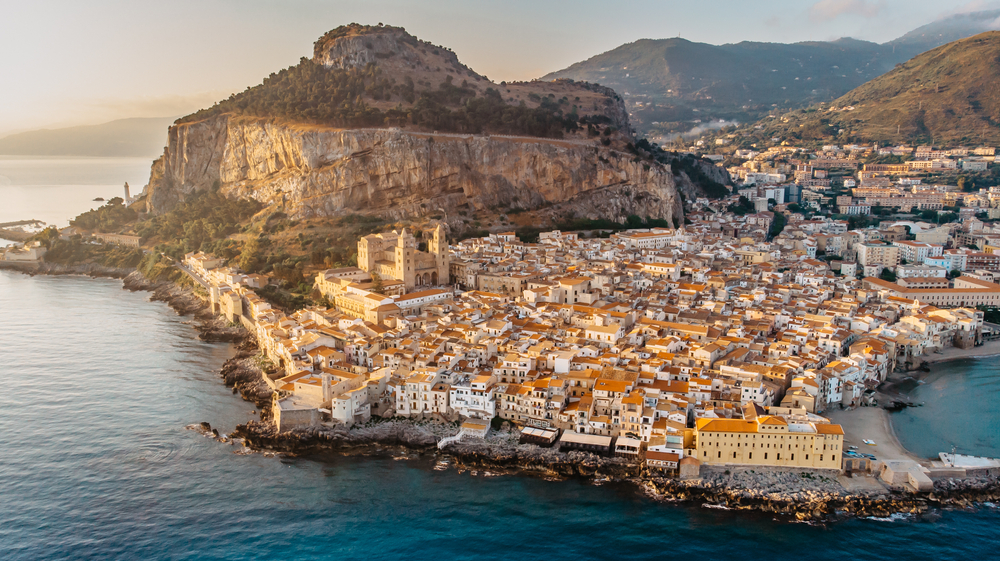
Towering above the whole of Cefalù town is La Rocca (The Rock). If you want to get a birds eye view of the town and enjoy a 360 degree panorama over the entire area, then definitely head for a walk along the rather unique and wonderful trail to the very top. Just to warn you, the walk is rather a challenging one particularly in the heat of the Summer sun but, in our opinion, the spectacular views from the top are certainly worth the effort. Near the summit, you will also come across the ruins of the Temple of Diana (Tempio di Diana) dating back to Sicanian-Greek times along with the walled remains of a 12th – 13th century castle.
If you have an interest in art, then the Museo Mandralisca is a good place to stop during your stay in Cefalù. This museum is home to a number of artefacts including shell and coin collections as well as over 9000 historic and scientific works. It’s also home to a number of important works of art such as The Portrait of an unknown Man by Antonello da Messina and View of Cefalù by Francesco Bevilacqua. Also of note is a vase dating back to the 4th century BC, decorated with a fishmonger cutting up his tuna.
Finally, during your Sicily villa rental holiday in Cefalù, it’s also well worth heading outside of the historic centre to the Madonie National Park. This national park sits to the south of the town and is absolutely beautiful offering the opportunity to enjoy some really beautiful walks.
Events in Cefalù
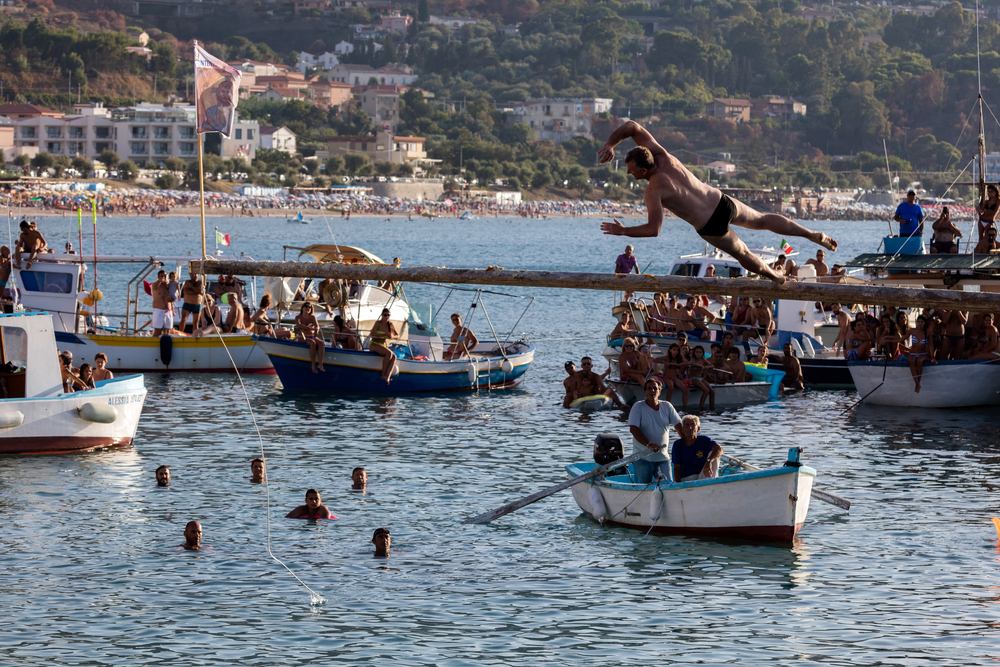
Many of Cefalù’s festivals revolve around food and Fruottula held in June each year is no exception. Also known as the Festa dal Pane (bread festival), the event days place on the day before Corpus Domini and is held in honour of the town’s ancient tradesmen and women. A parade of wagons displaying regional produce makes its way through the town celebrating local craftsmen. The tradition is for farmers to dress very distinctively on this day in a black suit, white shirt and gloves and a bowler hat, with just one among them wearing different peasants garb. He would process through the town holding a sickle and some grain, singing praises to the humble loaf of bread.
Held at the beginning of August each year is the Festival of San Salvatore (Festa del Santissimo Salvatore), Cefalù’s patron saint. The festival lasts 4 days and includes a number of processions and plenty of eating and drinking! The typical dish enjoyed at this time of year is Pasta a Taianu, a delicious meal made with meat, tomatoes, aubergines and pecorino cheese. One of the spectacles most amusing to watch is the ‘Ntinna a Mari‘ where contestants try their best to make their way along a greased and soap-covered pole extended over the sea without falling into the water below!
This is closely followed in mid September by Cefalù’s street food festival. This is a fantastic time to visit if you’re a keen foodie, with plenty of opportunities to sample and buy traditional Sicilian foodstuffs.
Where to stay in Cefalù
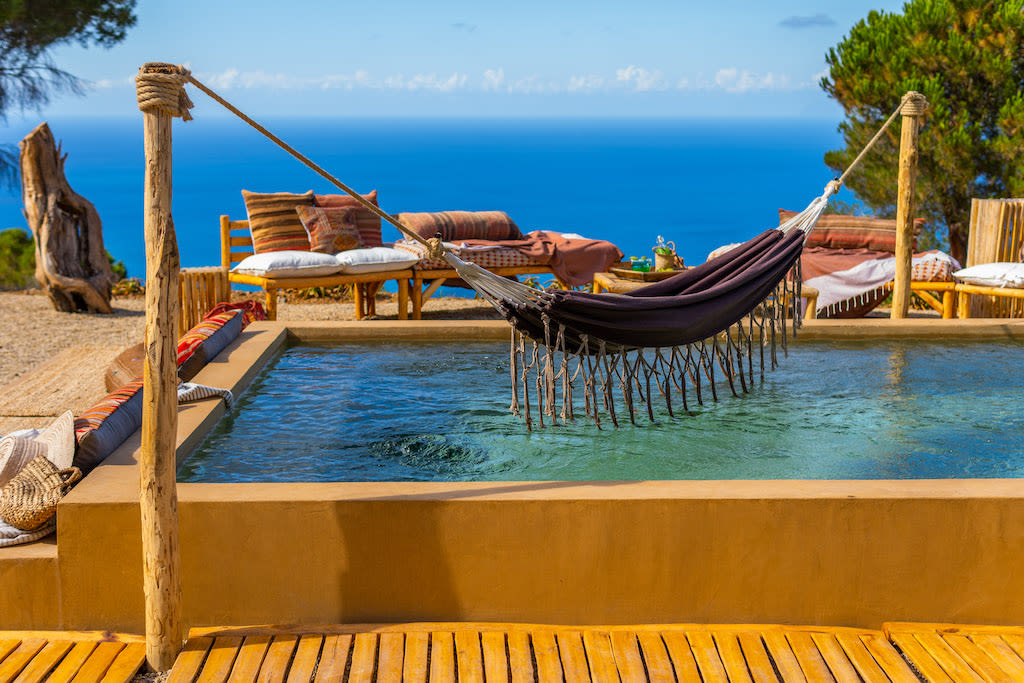
Casa Terre di Bea is the perfect place to stay near Cefalù. A romantic, high-end retreat offering a host of services you would more usually expect to get from a 5 star hotel rather than a villa rental in Sicily, this is the perfect base if you’re looking to explore Cefalù. Sleeping up to 4 guests in two beautiful bedrooms and with a host of amenities on site including a private swimming pool, outdoor kitchen and 24 hour concierge service, you won’t find a better villa rental in Sicily for your next trip!
Alternatively, if you’re looking for a hotel in Cefalù, then check out Expedia for a great range of Cefalù hotels at great rates.
Where to eat in Cefalù
If you are lucky enough to stay at Casa Terre di Bea, then you have the option of a private chef service at the villa! However, when you are out and about in the town, then we can definitely recommend the following restaurants in Cefalù:
Mandralisca 16: Serving up some excellent sea food using top quality ingredients, the cuisine here is top notch as is the service. Situated near the duomo, it has tables both inside and on the terrace outside and is reasonably priced.
Trattoria Sant’ Ambrogio: We would also really recommend you head outside Cefalù to this family-run restaurant. It’s 1.5 km from Casa Terre di Bea and approximately 6 km from Cefalù but well worth the trip. Situated right on the water in a traditional fishing village, the welcoming owners serve delicious home-cooked food.
L’Angolo delle Dolcezze: This shop makes the best gelato in town! We definitely recommend you try out their homemade brioche filled with gelato and whipped cream. Next door, try out their delicious pastries
How to travel to Cefalù
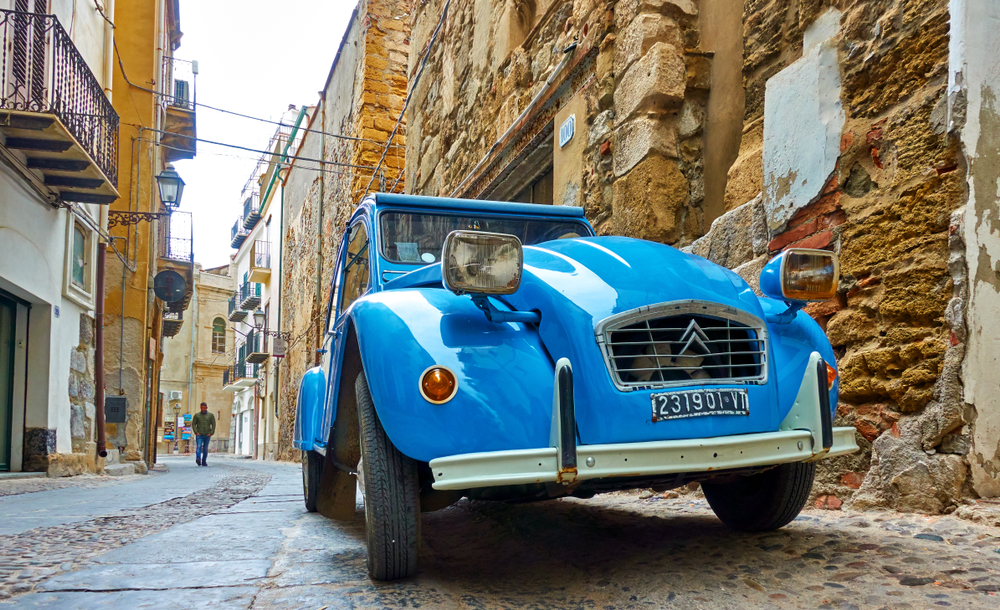
By train: Cefalù has its own train station which is situated within an easy walk of the historic centre as well as the beach. Just turn right when you leave the station, then take a left along Via Matteotti which will merge into Corso Ruggero, one of the town’s principal streets.
By bus: Buses go to Cefalù from a number of towns and villages in the region.
By car: Cefalù is easy to reach by car. However, the historic centre of Cefalù is not easy to navigate and parking is extremely difficult. Whilst holidaymakers are allowed to drop off luggage in the centre, parking is reserved for locals.
By air: The nearest airport to Cefalù is in Palermo, approximately an hour away. The airport has good links to Cefalù both by road (via the autostrada 20) and by rail. A pre-booked private taxi transfer from the airport to Cefalù costs approximately 100 euros but pricing will vary dependent on the time of year. If you want to use public transport, then take the Bus Prestia e Commande to Palermo Central Stattion where you can then take the train.
We really hope this Cefalù travel guide has provided you with the information you need to plan your stay. If you’d like more information on the Sicily villa rentals available nearby, then do get in touch with the Bookings For You team.
